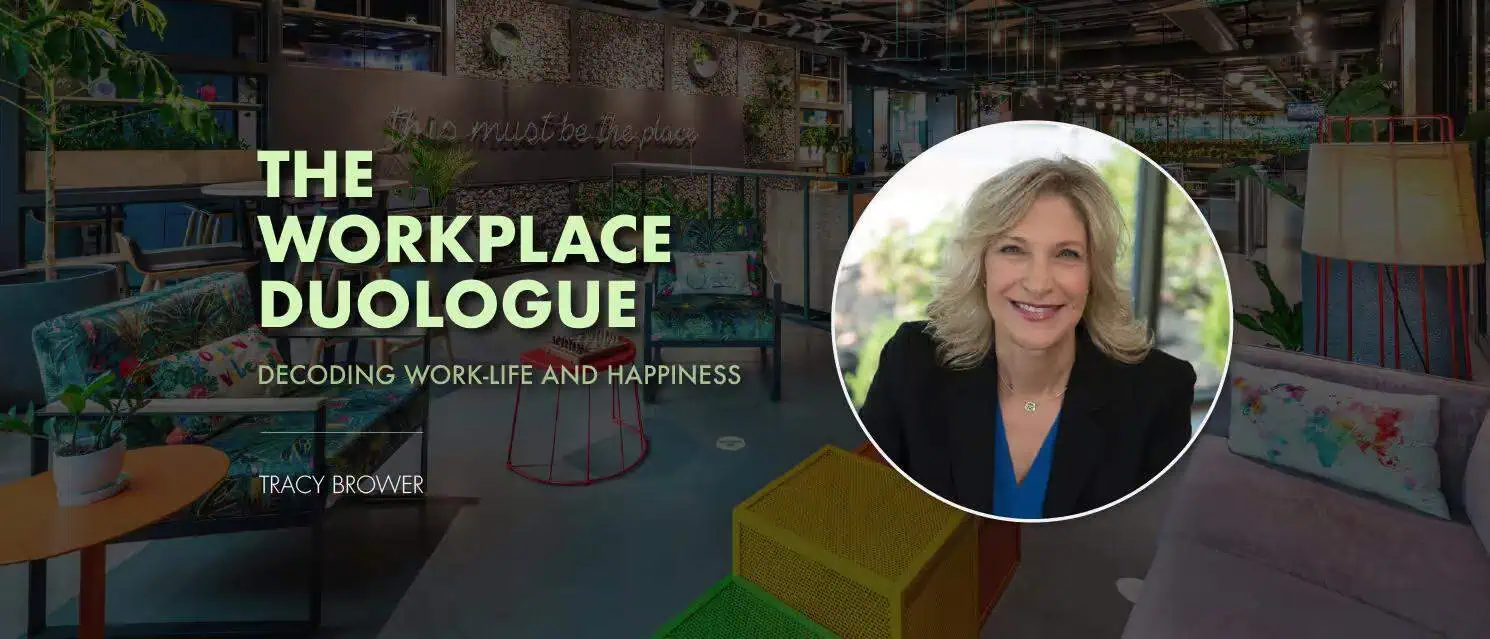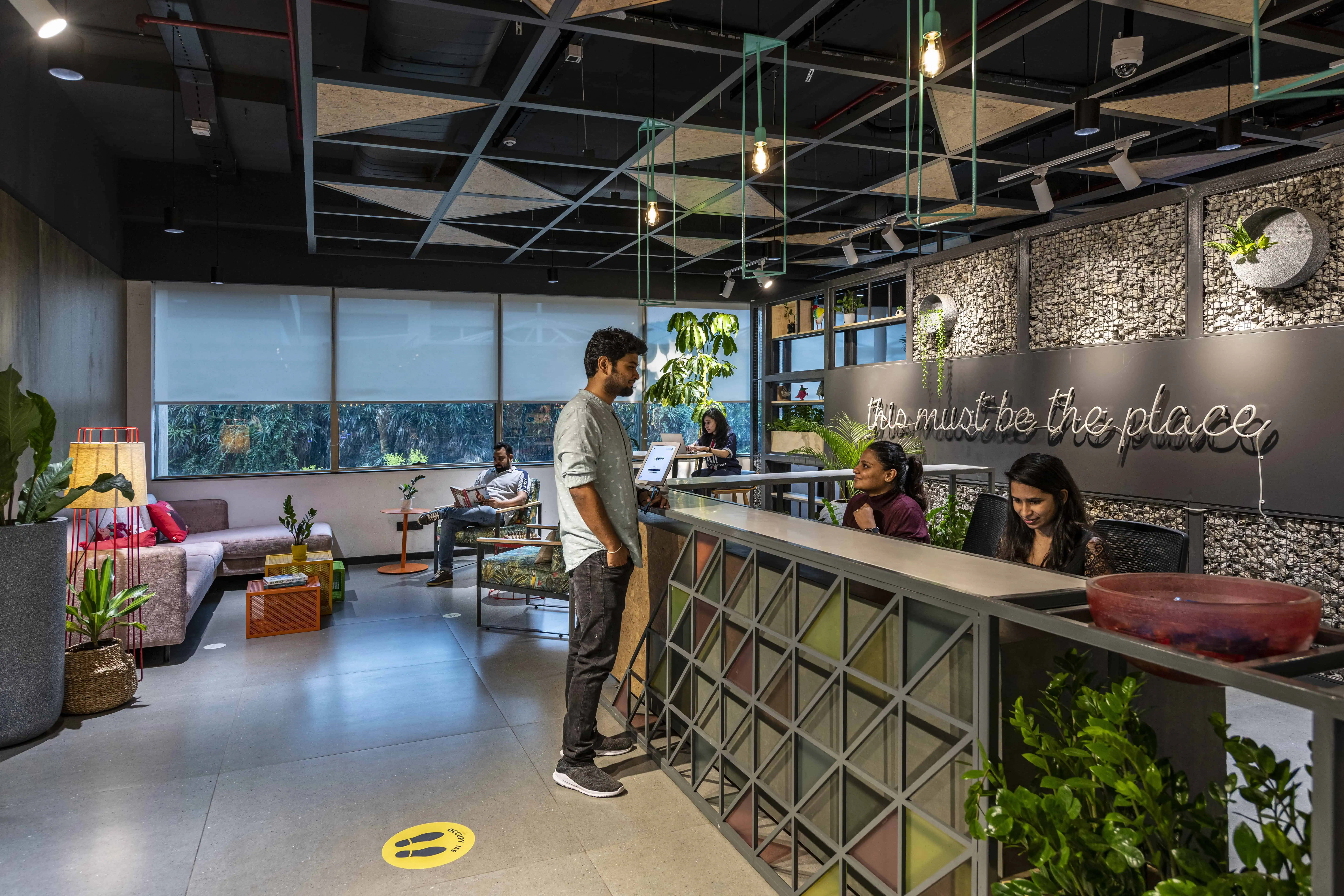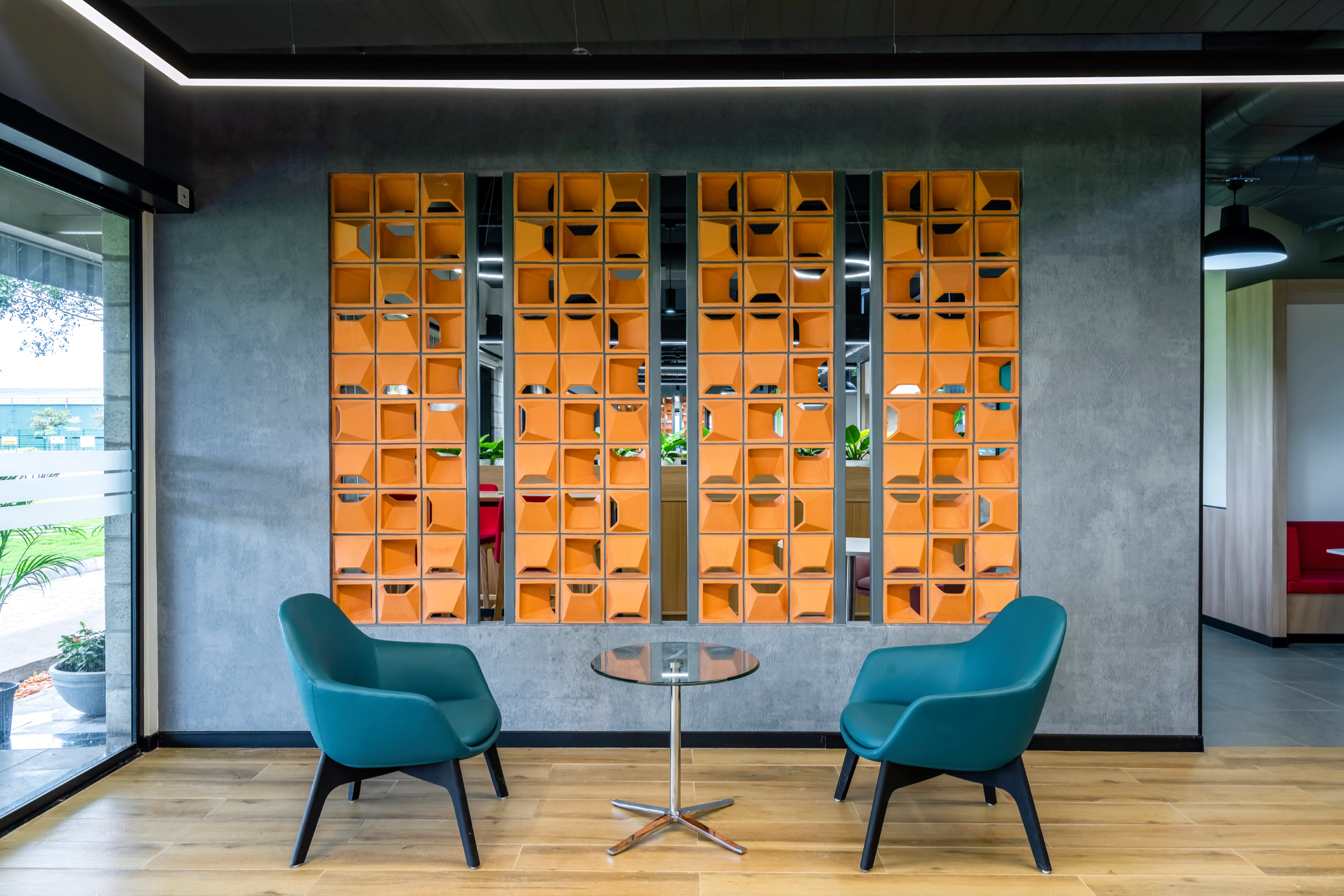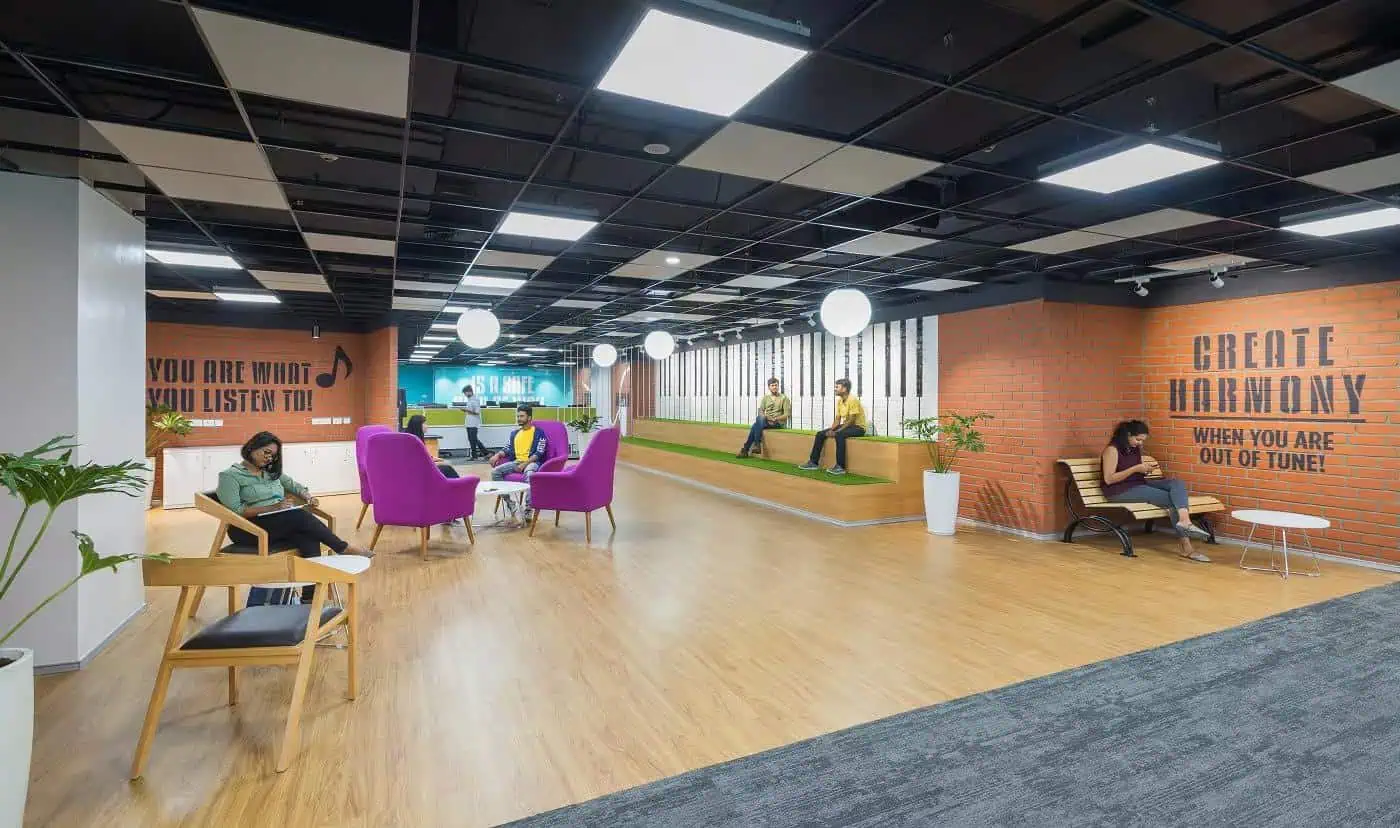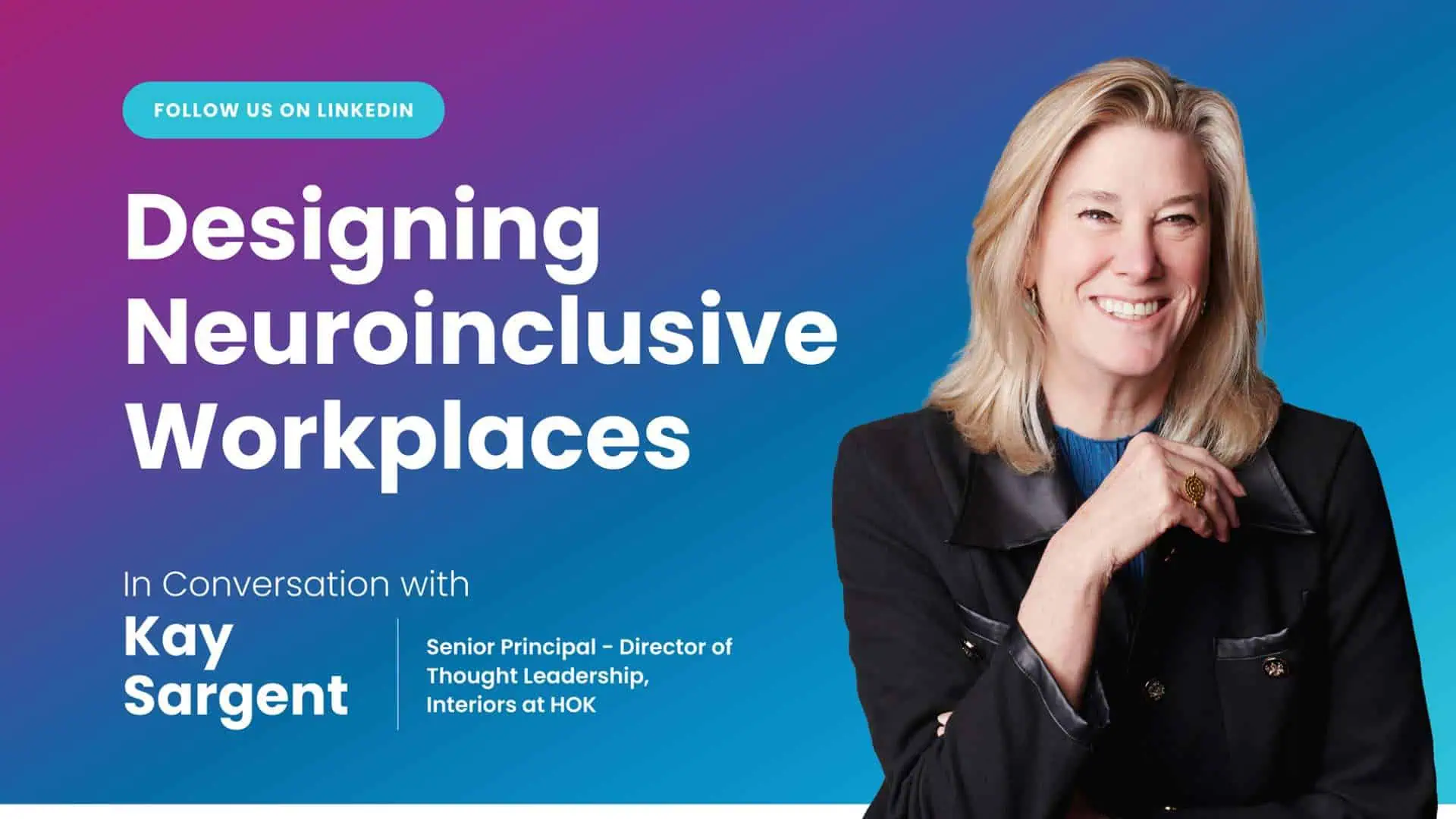A positive work culture can be a key differentiator in the success of a company. The way employees feel and respond at the workplace is at the helm of building this positive workplace culture that boosts of a good work-life balance.
To bring the benefits of work-life balance to the limelight, we have got Tracy Brower, Author of Books – The Secrets to Happiness at Work & Bring Work to Life, on board in a duologue with us.
As workplace designers we believe that, designing to boost employee happiness in the workplace is thus the need of the hour. This is indeed the motive of our series: The Workplace duologue: Decoding work-life and happiness.
The Interview
As a part of this series, here’s an exclusive interview with Tracy Brower, conducted by Sudarshan Uppunda, from Team Zyeta.
Sudarshan: Firstly, what is it that defines “happiness” at the workplace, which is also the central idea of your book -The secrets to happiness at work’
Tracy: Happiness is an overall sense of joy and contentment with life and with work. It is recognizing that work is part of a full life. It is also recognition that happiness on any given day can ebb and flow, but overall we can still experience positive feelings. Happiness in the workplace is important because of the spillover effect: When people are happier in the workplace, they tend to be happier in the rest of their lives and the opposite is true as well. It is also notable that to pursue happiness as its own end is typically counterproductive and makes happiness less likely. Instead, workplace happiness is more effectively accomplished by creating the conditions for happiness like focusing on gratitude, demonstrating generosity, clarifying purpose, fostering connections, seeking growth and learning. We are empowered to make choices that align as much as possible with the conditions for happiness and these aren’t something we must wait for, we can influence our own happiness in powerful ways.
Sudarshan: In your opinion how does workplace design influence this happiness at work and to what extent can it help businesses to grow?
Tracy: Work experience holistically and workplace, in particular, have a significant bearing on happiness. Workplaces can foster happiness by providing places for people to connect, build relationships and build community generally. They can foster opportunities for people to connect with leaders also—providing for leadership presence and accessibility. They can offer plenty of biophilic solutions—daylight, views, fractals, water features, textures, outdoor spaces, etc.—since contact with nature is highly correlated with happiness. They can provide for variety, stimulation and inspiration. They can provide plenty of places to learn and grow—in both informal and formal learning. And they can ensure they have places for all kinds of work—focus, collaboration, learning, socializing and rejuvenation—so that people can perform at their best. Since people want to perform effectively and workplaces that support performance therefore also contribute to happiness. This article, Happy Places: How to Create Workplaces for Performance, Engagement and Happiness, speak in more detail to this topic.
Sudarshan: How has the pandemic impacted the concept of employee well-being and happiness at work?
Tracy: The pandemic has brought wellbeing—physical, cognitive and emotional—and happiness to the forefront. It has become a significant trend. In addition, a focus on the whole person and their wellbeing and happiness is critical for attracting, retaining and engaging talent. Well-being and happiness, and the extent to which employers prioritize these, are criteria people use in their decision-making about their jobs.
Sudarshan: Furthermore, can you explain to us the core idea of your book – ‘Bringing work to life by bringing life to work’
Tracy: Bring Work to Life by Bringing Life to Work speaks to the importance of work-life balance strategies. It emphasizes that the concept of ‘balance’ is limiting and provides alternative ways to think about work-life such as navigating and integrating them. It reminds us that work isn’t drudgery, but rather a key way we express talents and skills, and it emphasizes there are multiple right answers to navigating work and life rather than one right answer, and that work and life solutions will vary over our life stage. It points to the way we can create capacity and reduce demands by providing support for work-life. This article speaks to many of these topics: We Need to Stop Striving for Work-Life Balance. Here’s Why
Sudarshan: How do you think can businesses ‘bring life to work’ amidst the pandemic and in the new normal?
Tracy: The business case for a focus on work-life and happiness is easy to make. When people have more support for work and life, they are more likely to stay at their current employer (or more likely to join you as a new employer). They are also more likely to be more engaged and perform better in their role. They are also more likely to make good decisions and to set ambitious goals and reach them. In addition, they tend to be more likable, therefore contributing to a positive culture. And they tend to be more focused on learning and growth.
Sudarshan: I think workplace design is indeed a secret to bringing back life to work. What is your opinion on this?
Tracy: Yes, I totally agree! When people feel energized by their workplace design, it helps their energy overall. When they have places they can perform brilliantly, they can get work done during work hours and then focus on non-work responsibilities outside of work hours. When they have places where they can connect with others, they can foster the social fabric and nurturance which provides for the support of work and life.
Sudarshan: What message would you intend to give to thought leaders on happiness at work and bringing back life to work?
Tracy: Happiness and support for work-life are good for people and good for business. When we start with people and do the right thing for them, business benefits as well—through their engagement, performance and retention. We must focus on people in a holistic way—and when we do—they can bring themselves fully to work and do their best and fully express their talents. This is the right thing to do as humans who are part of a community and also has significant benefits for business.
All in All
With human-centric workplace design solutions and a people-centric attitude, businesses can focus on bringing in life at the workplace. Thus, fostering employee happiness to make work and work-life conducive to the changing times.

